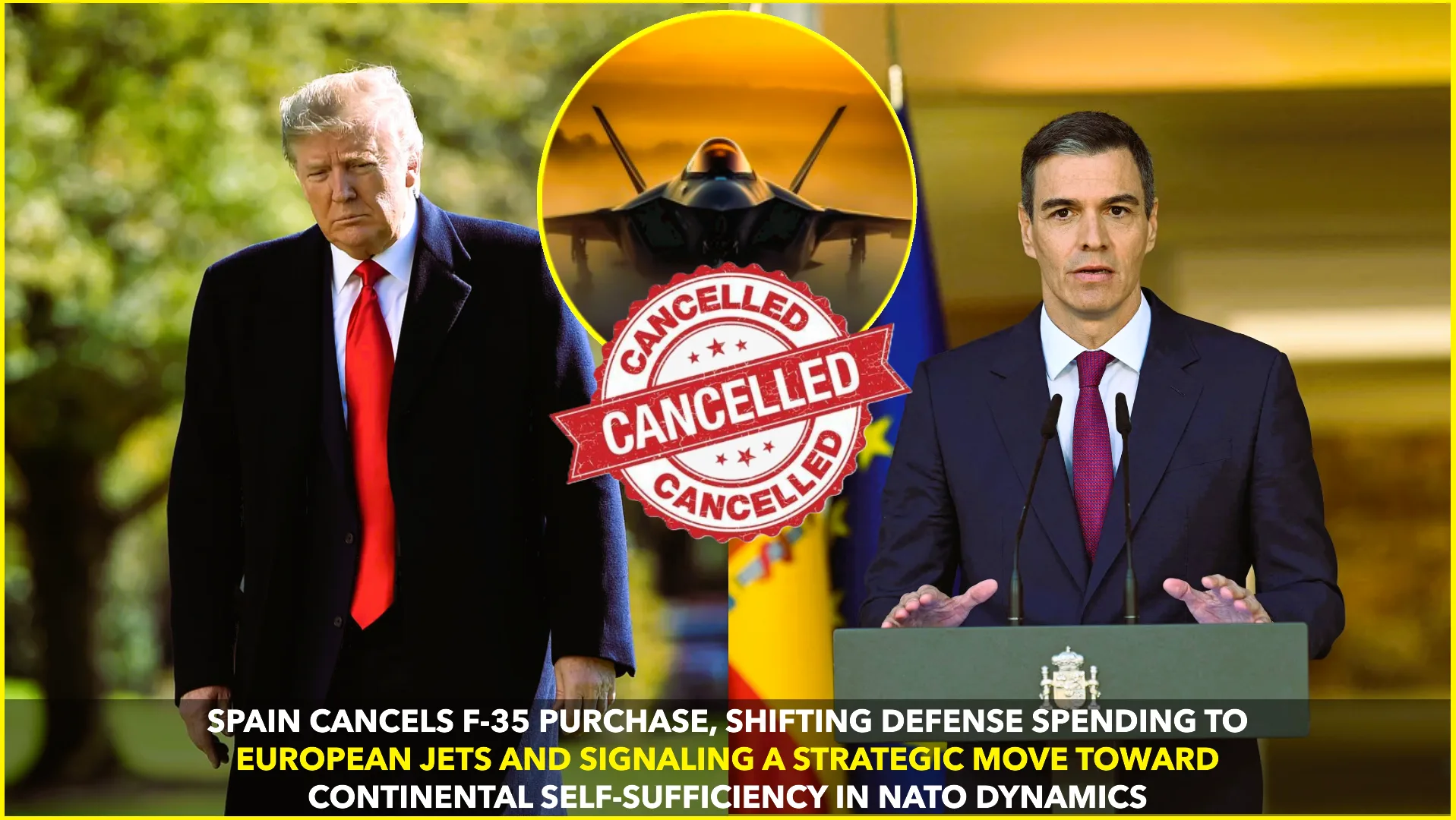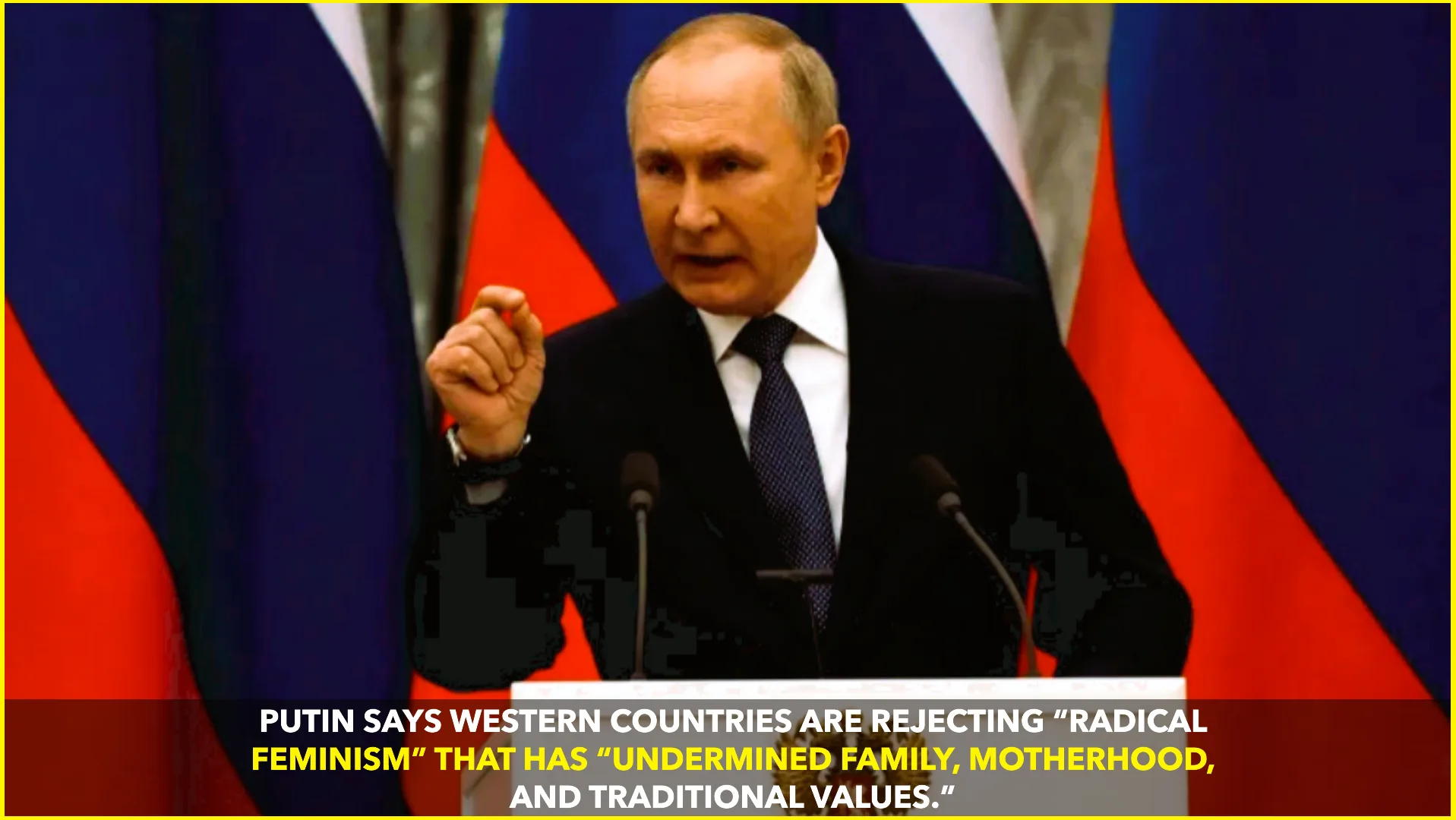In a decisive move, Spain has shelved its plan to acquire American F-35 fighter jets and instead redirected its defense spending toward European-made alternatives. The decision underscores Madrid’s growing ambition for strategic autonomy and signals a broader shift in Europe’s defense posture.
Reports first broke on August 6, 2025, when Spain’s defense ministry confirmed it was “no longer considering” the F-35 and would focus on the Eurofighter Typhoon and the Future Combat Air System (FCAS) instead. Reuters+2Breaking Defense+2
Why Spain Walked Away
Spain’s decision was driven by both political and strategic factors. The government had budgeted some €6.25 billion for a new fighter aircraft program, but also pledged that much of an additional €10.5 billion in increased defense spending would go to European suppliers. That made buying a U.S. product increasingly unfeasible. Reuters+3Reuters+3The Aviationist+3
Moreover, growing unease in Europe about dependence on U.S. military systems has prompted nations to reconsider the risks of locked-in software, upgrade control, and logistical dependence. Observers say that by rejecting the F-35, Spain is betting on long-term sovereignty over short-term cutting-edge capability. Financial Times+4National Security Journal+4Breaking Defense+4
The Strategic Realignment
The “CANCELLED” stamp over an F-35 image would be more than a visual — it would be a symbol of Europe’s desire to reshape its own defense destiny. Spain now plans to scale up its Eurofighter fleet under the “Halcon II” program, adding 25 more units already signed for delivery between 2026 and 2030. Business Insider+4The Aviationist+4Breaking Defense+4
At the same time, Spain remains committed to FCAS, a collaborative effort among France, Germany, and Spain to develop a sixth-generation fighter system by about 2040. Financial Times+4Reuters+4Breaking Defense+4
In rejecting the F-35, Madrid also leaves its navy in a bind. The country’s AV-8B Harriers are expected to retire by 2030, and with no substitute fifth-gen carrier aircraft in sight, Spain may lose fixed-wing naval aviation capability unless new carrier designs or alternative solutions emerge. National Security Journal+3The Aviationist+3Breaking Defense+3
NATO and European Ripples
Spain’s decision comes amid rising tension within NATO. Madrid has stuck to a 2 % of GDP defense spending target, rejecting more ambitious 5 % goals pushed by some U.S. leaders. That stance drew sharp criticism from then–U.S. President Donald Trump, who threatened tariffs in response. Business Insider+3Reuters+3Breaking Defense+3
By choosing European systems, Spain sends a strong message: investment in defense should reinforce European industry and capabilities. That logic resonates with broader initiatives such as the EU’s “Readiness 2030” (formerly “Rearm Europe”), aimed at major boosts to defense integration and production. Wikipedia
Other NATO members are watching closely. Countries like Portugal and Switzerland have already questioned or moved away from F-35 deals, reflecting a broader trend of skepticism toward deep U.S. system dependence. Business Insider+3Wikipedia+3National Security Journal+3
Risks, Criticisms, and Next Moves
Spain’s pivot isn’t without criticism. Some argue rejecting the F-35 sacrifices stealth and advanced capabilities in the near term — capabilities that European jets may struggle to match until FCAS matures. Opposition parties have called for clarity on how the decision affects Spain’s security posture. Breaking Defense+3Financial Times+3Business Insider+3
On the industrial front, FCAS faces internal challenges. France and Germany have clashed over leadership and workshare. Spain, however, has doubled down, with its defense minister reaffirming total commitment to the project despite simmering disputes. Financial Times+3Reuters+3Breaking Defense+3
A New Era in European Defense
Spain’s repudiation of the F-35 marks more than a procurement decision — it’s a statement of strategic intent. By stamping “CANCELLED” over U.S. hardware plans, Spain is asserting the principle that European nations should build, maintain, and control their defense tools.
As Europe faces an evolving geopolitical climate and shifting U.S. priorities, Spain’s move may be a bellwether. If the transition to Eurofighter and eventually FCAS succeeds, it could reshape NATO dynamics, reinforcing a more balanced partnership — one less reliant on a single dominant supplier.
The next chapters will be closely watched: how Spain navigates its capability gaps, how FCAS overcomes internal friction, and how other nations respond in kind.










